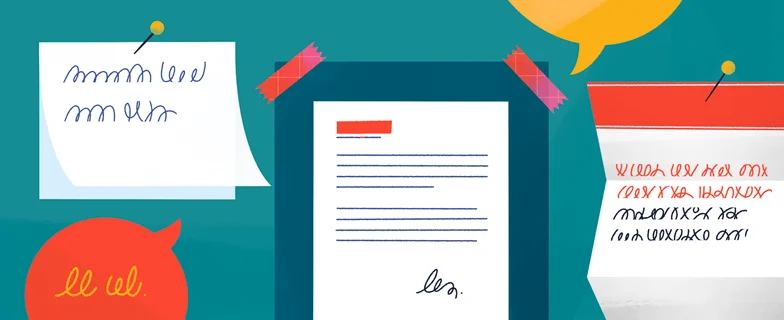Homologation of a protection mandate
The homologation of the mandate is the procedure by which the mandate officially become executory, after the incapacity of the mandator has been observed.

Although the mandatary (ies) can perform all the steps themselves, due to the complexity of an application for homologation of the mandate, use of the services of a notary or lawyer is recommended.
Moreover, for mandataries to exercise the powers entrusted to them, the Court must first give its approval. Therefore, the mandate cannot take effect until a ruling has been issued in this respect.
To prove the incapacity, the designated mandate must file an application for homologation. This application can be presented to a notary certified in this field or to the court in the judicial district in which the person presumed to be incapacitated (the mandator) resides.
To file this application, the mandatary must:
It is important to ensure that the protection mandate is the last one signed by the person concerned (the mandator) and that the document is still valid. A search through the documents belonging to the mandator as well as in the Registers of Testamentary Dispositions and Mandates of the Chambre des notaires du Québec or the Registers of Will and Mandates of the Barreau du Québec will help verify the validity of the mandate (see below in the “Tools” section).
After being filed with a certified notary or the Superior Court, the application for homologation will be served to the person involved (the mandator).
Notification of the application will also be provided. Therefore, through a bailiff, the designated and substitute mandataries will receive a copy, as will the Curateur public du Québec and at least two other people (a family member of the person involved or any other person who shows a special interest in the mandator).
Once these steps are completed and the file has been submitted to the court, the court will ensure that the mandate respects the requirements under the law and that the person involved (the mandator) was competent at the time the mandate was signed.
The court will verify the medical and psychosocial assessments of the person presumed to be incapacitated, ask this person some questions and then determine the extent of their incapacity. It will also ensure the capacity of the designated mandatary(ies) to fulfil their role, in the interest of the mandator.
Finally, in light of this information, the court will render its judgment and the mandate will take effect (or not). When the mandate is homologated, it becomes “executory” and the mandatary then has the right to exercise their role for the person involved, by acting in the best interests of the mandator.
Curateur
Chambre des notaires
Barreau du Québec
How does a protection mandate in case of incapacity take effect? (Chambre des notaires du Québec) http://www.cnq.org/en/famillies-couples/71-how-does-a-protection-mandate-in-case-of-incapacity-take-effect-.html
Homologation of a protection mandate (Curateur public) https://www.curateur.gouv.qc.ca/cura/en/majeur/inaptitude/demarches/mandat.html
Need to talk?
Contact our Caregiver Support Helpline for counselling, information and referrals.
Every day from 8 a.m. to 8 p.m.
Free of charge.